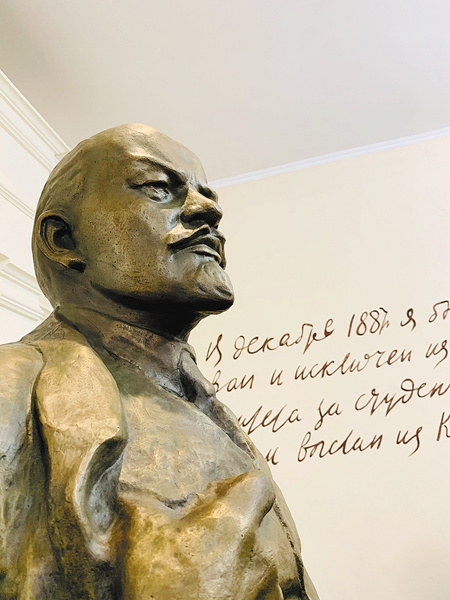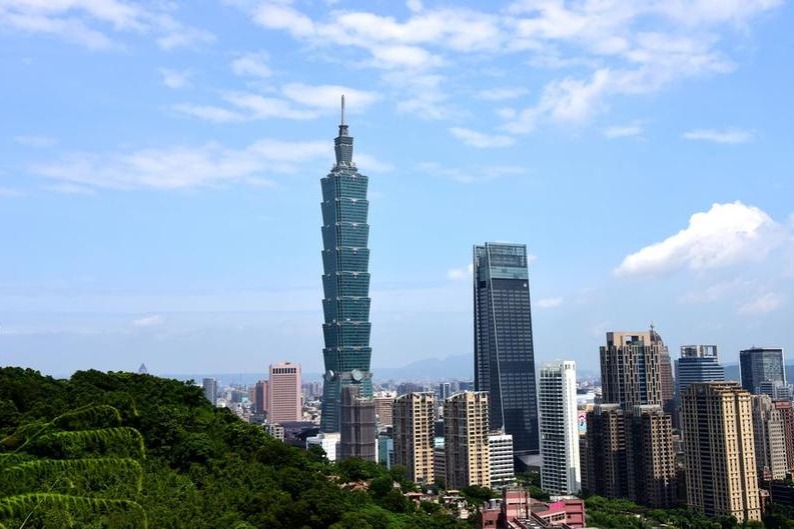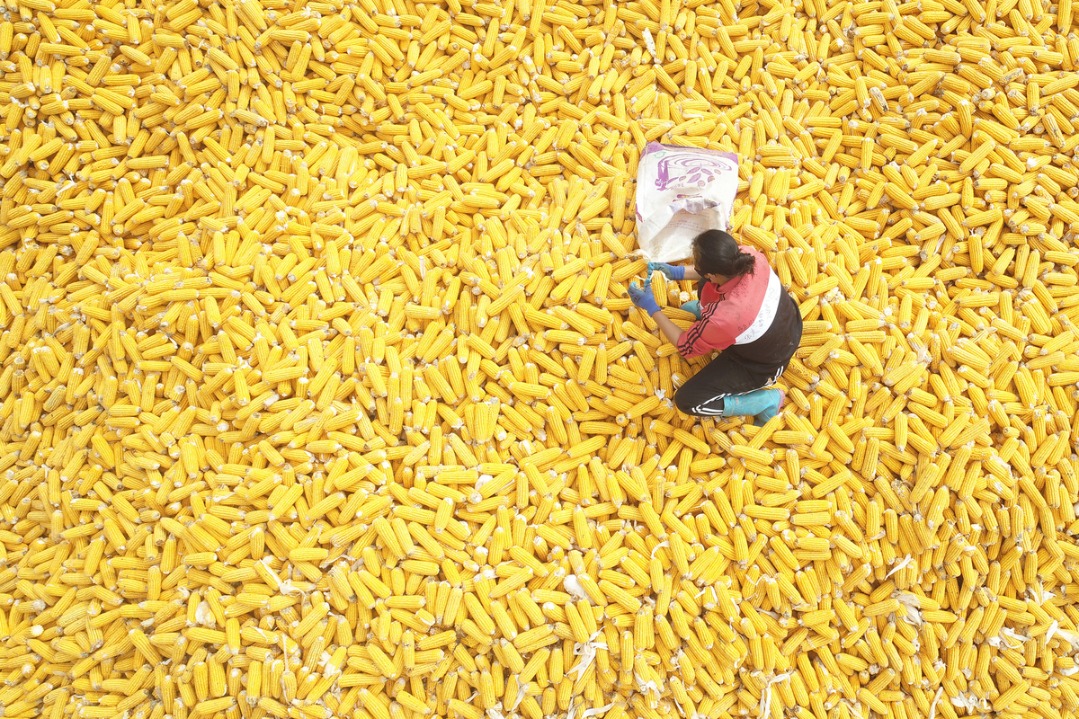Russian jewel shines for continent-hoppers
By Ren Qi | China Daily | Updated: 2022-02-01 15:04

The Kremlin includes many historical buildings, the oldest of which is the Annunciation Cathedral (1554-62), the only 16th-century Russian church to have six piers and five apses. Like many of Kazan's buildings of the period, it is constructed of local pale sandstone rather than of brick.
The most conspicuous landmark within the Kazan Kremlin is the leaning Soyumbike watch tower, which is thought to date to the reign of Peter the Great. A well-known legend connects the tower with the last queen of the Khanate of Kazan.
Another recognizable architectural feature is the Spasskaya Tower, which anchors the southern end of the Kremlin and serves as the main entrance to the complex.
Also of interest are the snow-white towers and walls, erected in the 16th and 17th centuries but later renovated, and the Governor's House (1843-53), now the Palace of the President of the Republic of Tatarstan. The palace is believed to be located on the site of what had been a palace built by a khan-the historical title in the region for a ruler. Tucked between the presidential palace and Soyumbike watch tower is the palace church built on the foundations of a medieval mosque.
The Northern wall of the Kremlin contains another gated tower, the Secret Tower, so named because it used to house a secret well for water supply. This tower allows pedestrian access to the Kremlin, but vehicles are restricted to emergencies only.
The Kazan Kremlin became a UNESCO World Heritage Site in 2000 and is among the most visited attractions in Russia. It is free to visit, though some of the buildings within the walls do charge an admission fee.
Alongside the Kremlin's administration buildings and the Orthodox Annunciation Cathedral stands the Kul Sharif Mosque, with its facade of white tiles, turquoise dome, and four piercing minarets.
Originally, the mosque was built in the Kazan Kremlin in the 16th century. It was named after Kul Sharif, a religious scholar who served there.
Kul Sharif died with his numerous students while defending Kazan from Russian forces in 1552. It is believed that the building featured minarets, both in the form of cupolas and tents.
Its design was traditional for Volga Bulgaria, although elements of early Renaissance and Ottoman architecture could have been used as well. In 1552, during the Siege of Kazan, it was destroyed by Ivan.
Inaugurated in 2005 with the help of Saudi Arabia and the United Arab Emirates, the rebuilt Kul Sharif is the largest mosque in Europe outside Istanbul. It is a testament to the long roots of Islam's influence in Russia and its coexistence with Orthodoxy, having been rebuilt four centuries after the original mosque was burned down during Ivan's conquest.
As for how long you need to set aside for a visit to the Kremlin, it depends on your travel style and interests. Usually, a couple of hours will suffice. Visitors of any faith can enter the Kul Sharif Mosque as long as they wear appropriate clothing.
Outside the Kremlin's grounds, there are many other attractions that illustrate Kazan's status as a melting pot of Western and Eastern influences. The Temple of All Religions is a complex that houses not only an Orthodox church and a mosque but also a synagogue and a pagoda, among others. There are the many tea shops and halal restaurants to be found throughout the city, where one can find waitresses wearing headscarves and groups of Tatar and Chechen men sitting and chatting over tea.
























